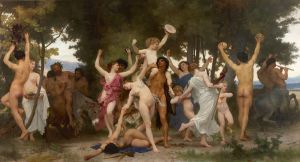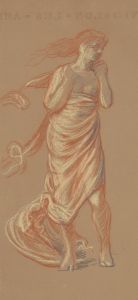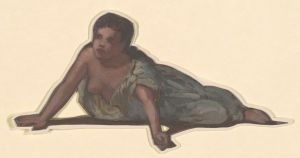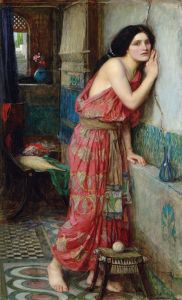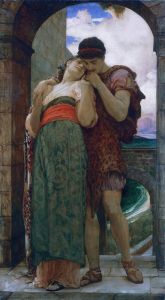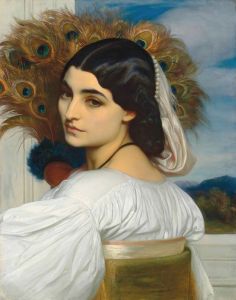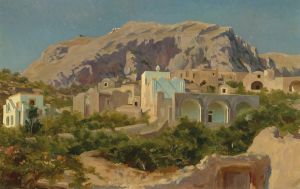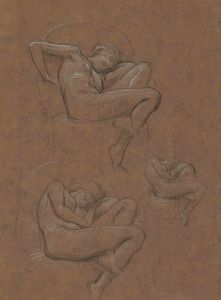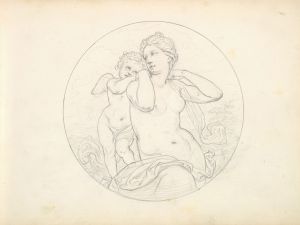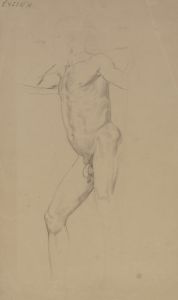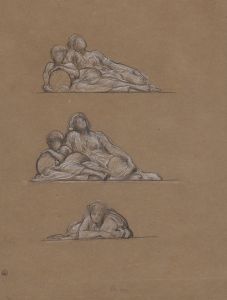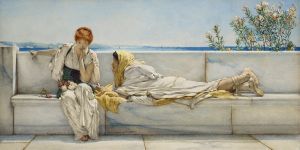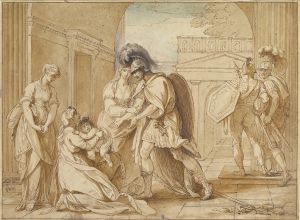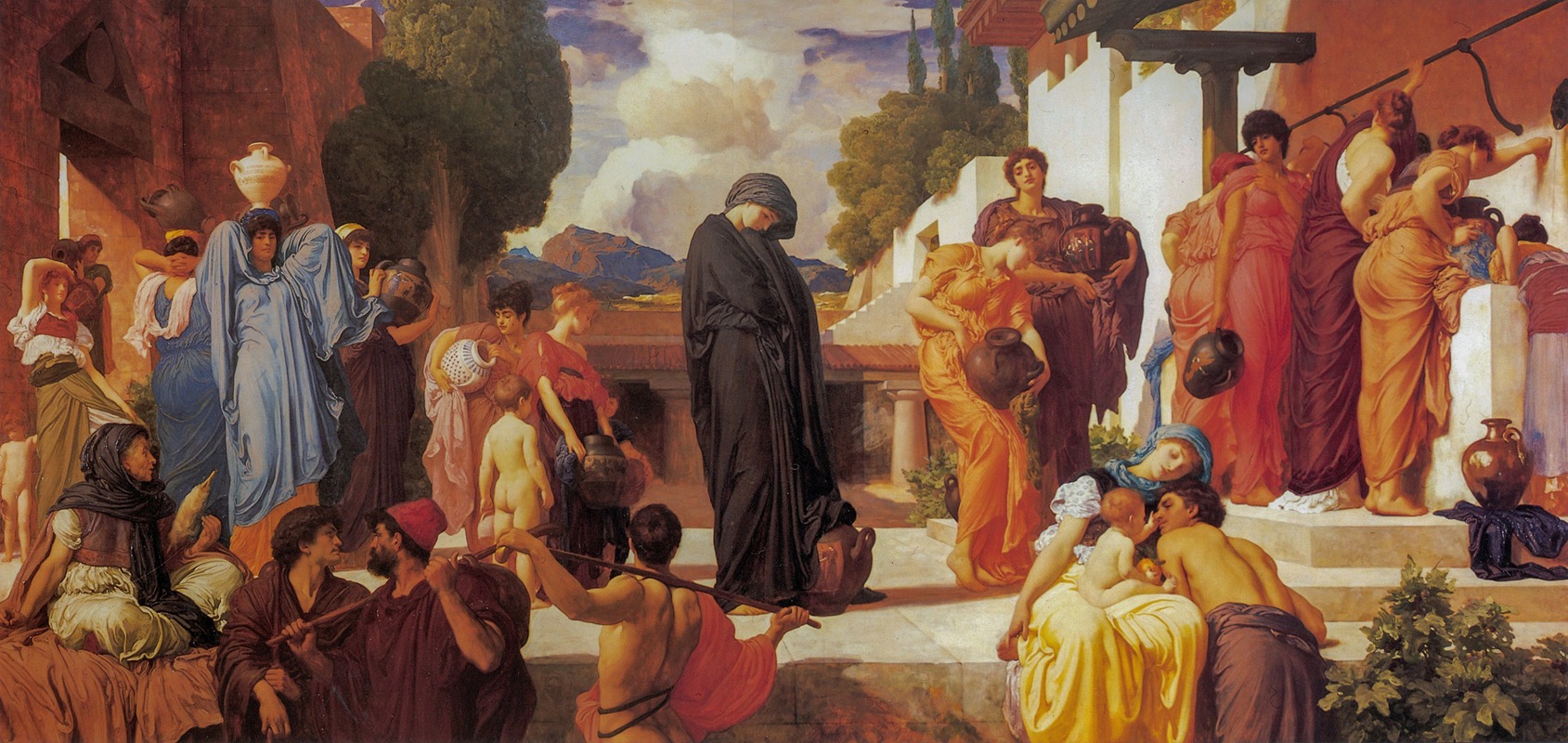
Captive Andromache
A hand-painted replica of Frederic Leighton’s masterpiece Captive Andromache, meticulously crafted by professional artists to capture the true essence of the original. Each piece is created with museum-quality canvas and rare mineral pigments, carefully painted by experienced artists with delicate brushstrokes and rich, layered colors to perfectly recreate the texture of the original artwork. Unlike machine-printed reproductions, this hand-painted version brings the painting to life, infused with the artist’s emotions and skill in every stroke. Whether for personal collection or home decoration, it instantly elevates the artistic atmosphere of any space.
"Captive Andromache" is a notable painting by the British artist Frederic Leighton, completed in 1888. Leighton, a prominent figure in the Victorian art world, was known for his classical subject matter and meticulous attention to detail. This painting exemplifies his interest in themes from ancient history and mythology, as well as his skill in rendering the human form and drapery.
The painting depicts Andromache, a character from Greek mythology, who was the wife of Hector, the Trojan prince. After the fall of Troy, Andromache was taken captive by Neoptolemus, the son of Achilles. Leighton's work captures a poignant moment in Andromache's life, reflecting her sorrow and loss following the Trojan War. The painting is set in a classical architectural environment, which is typical of Leighton's style, and it emphasizes the emotional and psychological state of the subject.
Leighton's "Captive Andromache" is characterized by its use of rich colors and intricate details. The artist's mastery of composition is evident in the way he arranges the figures and elements within the painting to draw the viewer's eye to Andromache's expression and posture. Her downcast eyes and the gentle, yet resigned, positioning of her hands convey a sense of dignity amidst despair. The surrounding figures, possibly representing her captors or other captives, add to the narrative depth of the scene.
The painting was exhibited at the Royal Academy of Arts in London, where Leighton frequently showcased his work. It was well-received by critics and the public, who admired its technical excellence and emotional resonance. Leighton's ability to evoke empathy for Andromache's plight is a testament to his skill as a storyteller through visual art.
"Captive Andromache" is part of the collection at the Manchester Art Gallery in Manchester, England. The gallery houses a significant number of works from the 19th century, and Leighton's painting is considered one of its highlights. The piece continues to be studied and appreciated for its artistic merit and its reflection of Victorian interpretations of classical themes.
Frederic Leighton, who was later ennobled as Baron Leighton of Stretton, was a leading figure in the British art scene during his lifetime. His works often explored themes of beauty, mythology, and history, and he was instrumental in shaping the aesthetic values of his era. "Captive Andromache" remains an important example of his contribution to the art world and his enduring legacy as a master painter of the 19th century.





